From its humble beginnings as a colonial outpost in the 18th century to its pivotal role in the Industrial Revolution, the history of Holyoke, Massachusetts, is one of resilience, innovation, and cultural diversity.
As we embark on a journey through the annals of time, we will uncover the layers of history that have shaped this vibrant city.
From the indigenous peoples who first called this land home to the waves of European settlers who sought opportunity in the New World, Holyoke’s past is marked by the intersection of different cultures and traditions.
Through booms and busts, triumphs and challenges, Holyoke has remained a beacon of hope and progress in the heart of Western Massachusetts.
Join us as we delve into the captivating saga of Holyoke’s evolution and enduring legacy.
History of Holyoke, Massachusetts
Nestled along the mighty Connecticut River, Holyoke, Massachusetts, boasts a rich and dynamic history deeply intertwined with water, industry, and diverse communities.
From its early days as a Native American hunting ground to its rise as a powerhouse of paper and textile production, followed by periods of decline and revitalization, the city’s story is one of resilience, cultural richness, and a constant search for identity.
The Land of Algonquin Tribes
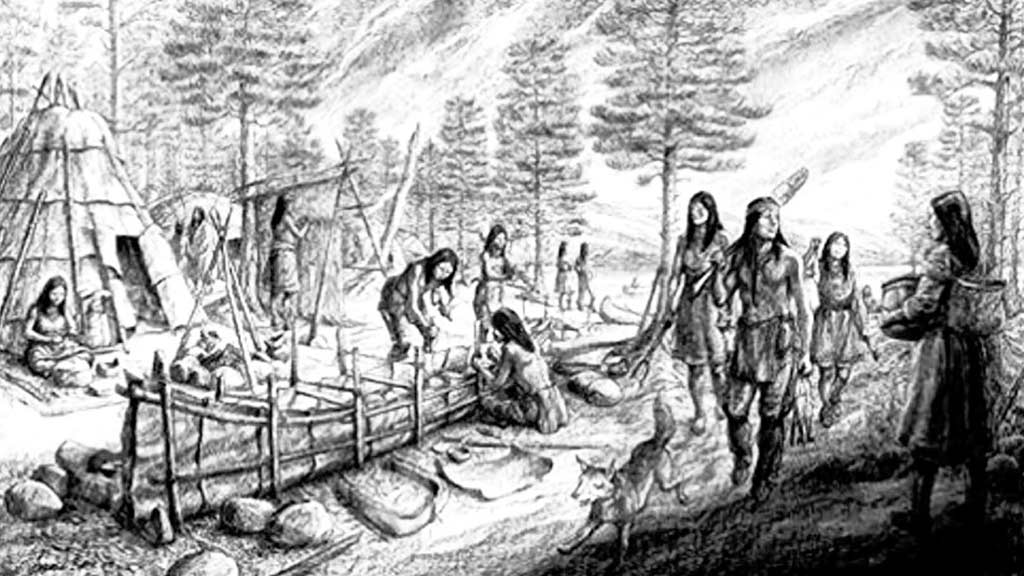
Before European settlers arrived, the land now known as Holyoke was home to various Indigenous tribes, primarily the Algonquian people.
They used the fertile banks of the Connecticut River for hunting, fishing, and gathering, living in harmony with the natural environment for centuries.
Their presence remains etched in place names like Mount Tom and Mount Holyoke, echoing their deep connection to this territory.
Colonization and Early Life (17th-18th Centuries)
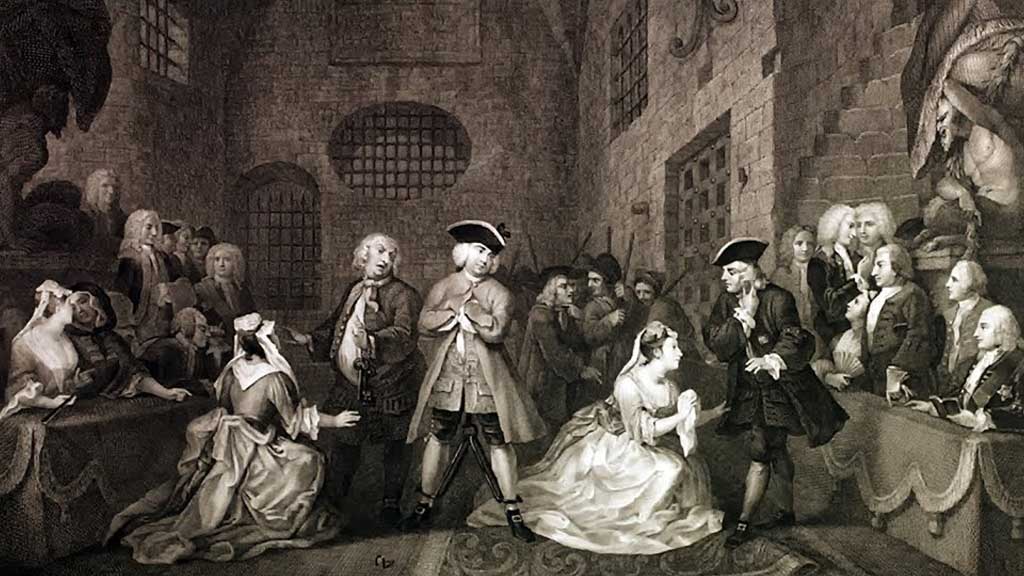
European presence began in the 17th century, with settlers from Springfield establishing farms on the west bank of the Connecticut River. In 1745, a permanent settlement was initially called Ireland Parish due to the influx of Irish immigrants.
In 1786, it became the 3rd Parish of West Springfield, but the potential for hydropower from the river’s falls beckoned for industrial development.
The Rise of Industry (19th Century)
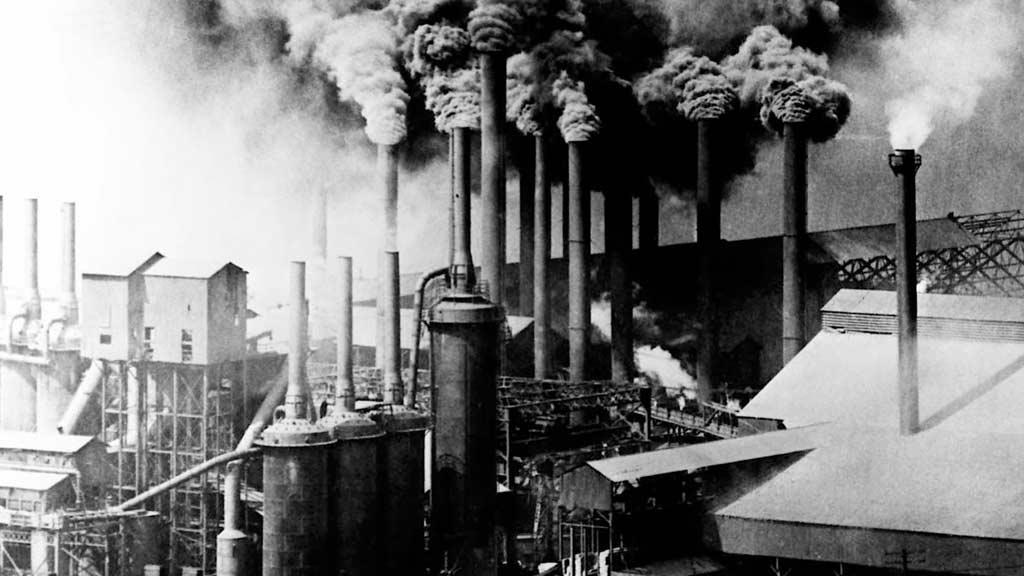
The turning point came in 1848 when the Hadley Falls Company constructed the first dam, harnessing the Connecticut River’s power.
This ignited industrial growth, attracting entrepreneurs and investors who saw the potential for paper and textile production.
Holyoke was officially incorporated as a town in 1850 and quickly transformed into a bustling mill city. By 1870, paper had become the leading industry, with over 25 mills contributing to the city’s prosperity and attracting diverse communities of immigrants seeking work and opportunity.
A City of Immigrants and Innovation (Late 19th and 20th Centuries)
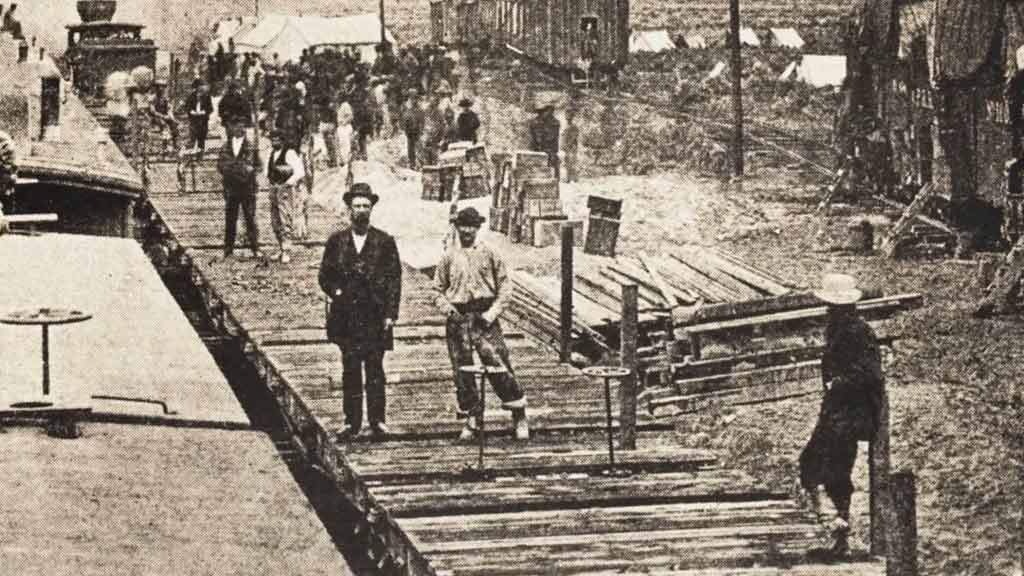
Holyoke became a melting pot of cultures, with Irish, French Canadians, Polish, Germans, and later Puerto Ricans forming vibrant neighborhoods.
Each community brought its traditions and customs, enriching the city’s social fabric. This period also saw innovation flourish, with inventions like the Holyoke Valve and the first commercially successful paper napkin emerging from the city’s mills.
Challenges and Transformation (Mid-20th Century onwards)
The mid-20th century presented difficulties. As textile and paper production shifted overseas, Holyoke’s industrial base declined. Job losses and population decline strained the city’s resources.
However, Holyoke’s spirit of resilience shone through. The city diversified its economy, attracting new industries like healthcare and manufacturing.
Efforts were made to revitalize downtown, and cultural institutions like the Wistariahurst Museum and the Holyoke Public Library became cornerstones of community life.
Holyoke Today Is a City in Transition
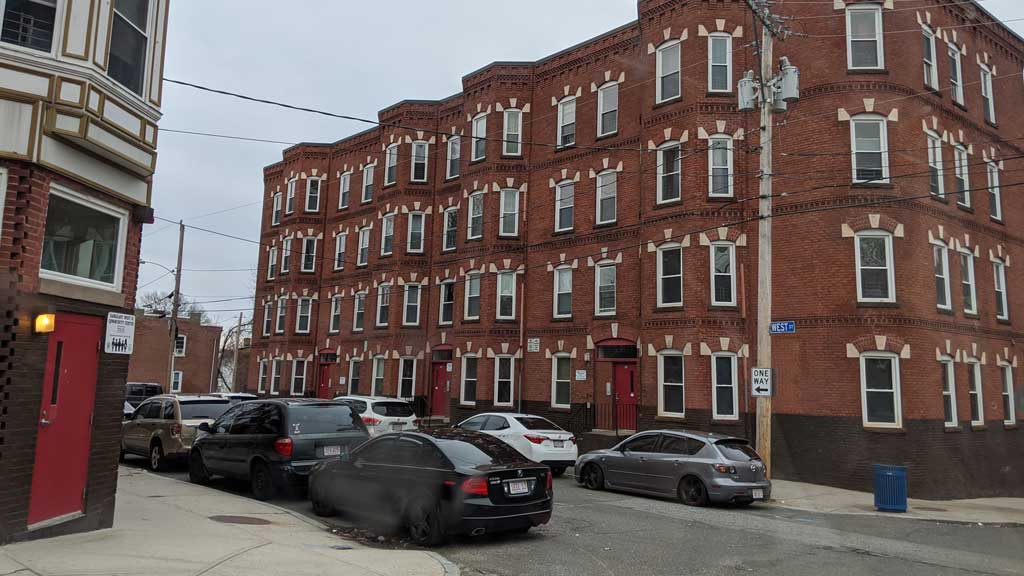
Today, Holyoke stands at a crossroads. While scars of industrial decline remain, the city is undergoing a vibrant renaissance. Initiatives like Canalwalk, a riverfront revitalization project, and the creative energy of its arts scene are drawing new residents and businesses.
Holyoke is actively embracing its rich cultural heritage, celebrating the contributions of its diverse communities, and showcasing its historical sites and museums.
Looking Ahead towards A Future Built on Resilience
The story of Holyoke is far from over. It is a city with a remarkable journey, etched with stories of hardship and triumph, industrial prowess and artistic vibrancy. As Holyoke navigates its future, its past serves as a reminder of its capacity for resilience and adaptation.
By harnessing its unique character, celebrating its diverse communities, and embracing innovation, Holyoke can continue to write a thriving chapter in its story.
Who Are the Most Notable Figures in the History of Holyoke, Massachusetts?
The history of Holyoke, Massachusetts, is rich with notable figures who have made significant contributions to the city’s development and legacy.
These individuals have left an indelible mark on Holyoke’s story, from pioneering industrialists to influential politicians and cultural icons. Here are some of the most notable figures in the history of Holyoke:
William Whiting
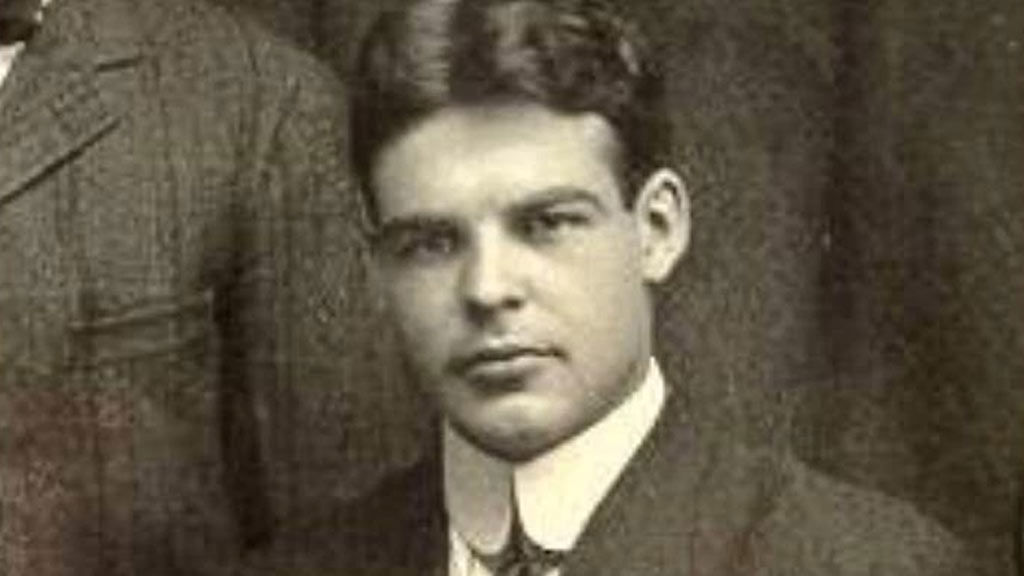
Often referred to as the “Father of Holyoke,” William Whiting played a pivotal role in the founding and early development of the city.
As one of the original investors in the Hadley Falls Company, Whiting helped establish Holyoke as an industrial powerhouse by harnessing the power of the Connecticut River to drive the city’s mills and factories.
E. N. White
Edward Nelson White was a prominent industrialist and philanthropist who played a crucial role in shaping Holyoke’s economy and community.
As the president of the Holyoke Water Power Company, White oversaw the expansion of the city’s hydroelectric infrastructure, which provided the energy needed to fuel its growing industries.
He also made significant contributions to education and healthcare in Holyoke, including establishing the White Fund, which supports charitable initiatives today.
Elbert H. Gary
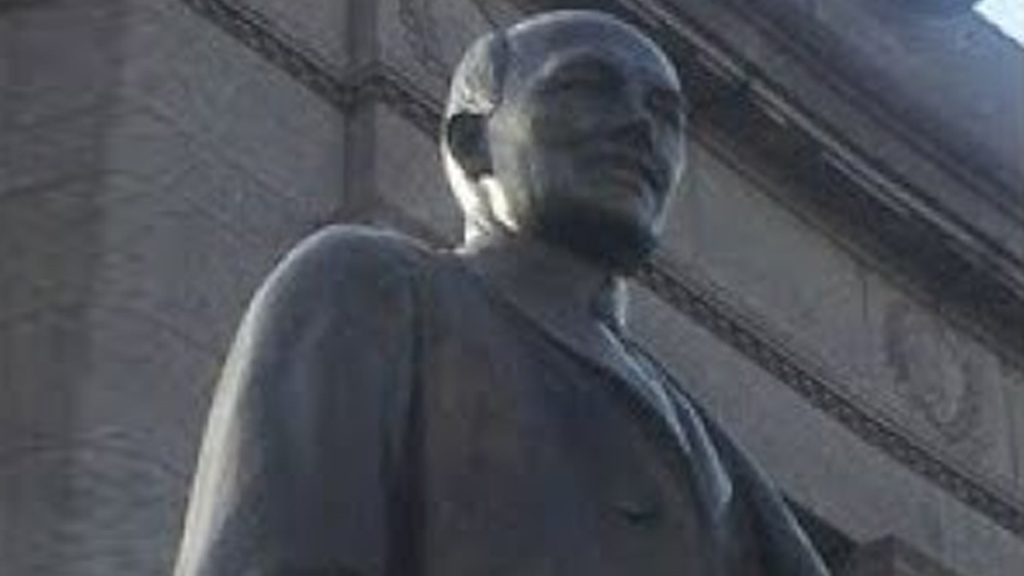
Elbert Henry Gary was an influential businessman and lawyer who was crucial in developing Holyoke’s manufacturing sector.
As the American Steel and Wire Company founder, Gary helped transform Holyoke into a significant center for steel production during the late 19th and early 20th centuries. His innovative business practices and leadership laid the groundwork for Holyoke’s industrial success.
George W. Prentiss
George Washington Prentiss was a prominent politician and civic leader who served as Holyoke’s first mayor.
Under his leadership, Holyoke experienced significant growth and development, including constructing essential infrastructure such as roads, bridges, and public buildings.
Prentiss’s tenure as mayor laid the foundation for Holyoke’s emergence as a thriving urban center.
Napoleon Lajoie
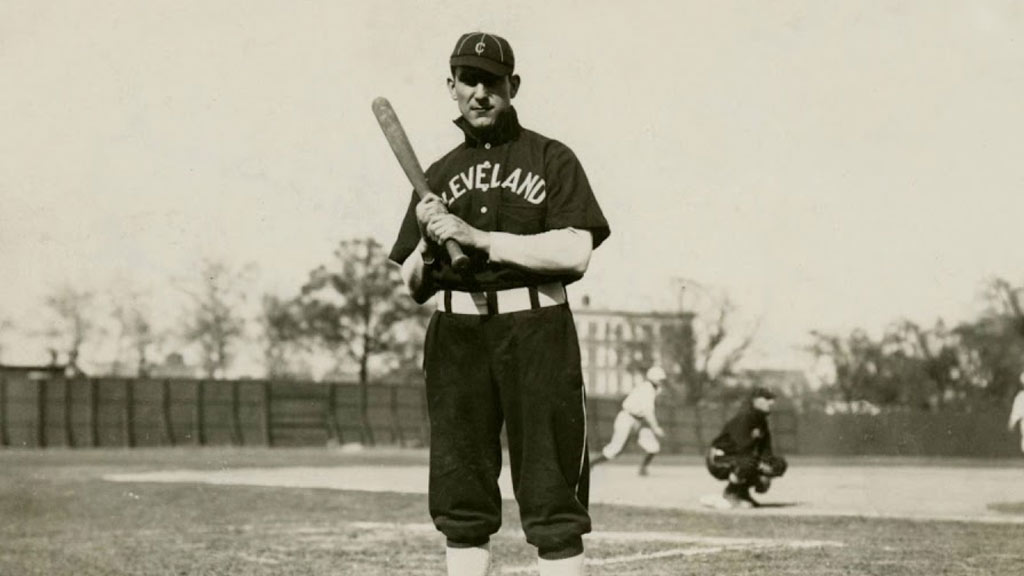
Known as “Larry” Lajoie, he was a legendary baseball player from Holyoke. His legacy continues to inspire aspiring athletes in Holyoke and beyond.
Lajoie enjoyed a distinguished career in Major League Baseball, earning induction into the Baseball Hall of Fame for his exceptional talent and achievements on the field.
Oliver Holyoke
Oliver Holyoke was a pioneering entrepreneur and early settler of the region that would later become Holyoke. He played a crucial role in establishing the city’s first mills and industries, laying the groundwork for its future growth and prosperity.
John J. Delaney
John Joseph Delaney was a prominent labor leader and political figure who championed workers’ rights in Holyoke and beyond.
As the Holyoke Central Labor Union president, Delaney fought tirelessly for fair wages, safe working conditions, and other labor reforms. His advocacy efforts had a lasting impact on the lives of countless workers in the city.
Clara Endicott Sears
Clara Endicott Sears was a noted philanthropist and preservationist who dedicated her life to preserving the history and heritage of Holyoke. Through her efforts, several historic landmarks and buildings in the city were saved from demolition and restored for future generations to enjoy.
Sears’s passion for history and commitment to community service inspire preservation efforts in Holyoke today.
E. Sumner Francis
Elisha Sumner Francis was a prominent lawyer and civic leader who played a vital role in shaping Holyoke’s legal and political landscape.
He served as the city’s solicitor and was actively involved in various community organizations and initiatives promoting civic engagement and social justice.
Paulo Freire
Though not originally from Holyoke, Paulo Freire, a Brazilian educator and philosopher, spent the later years of his life in the city.
He served as a professor at the University of Massachusetts, Amherst, and continued to promote his influential theories on education and social change.
Freire’s presence in Holyoke profoundly impacted the local community and contributed to the city’s intellectual and cultural vibrancy.
FAQs
When was Holyoke, Massachusetts, founded?
Holyoke was founded in 1850, incorporated as a city in 1873, and named after Elizur Holyoke, an early settler.
What is the population of Holyoke, Massachusetts?
As of the latest census data, Holyoke has a population of approximately 40,000 residents.
What attractions are there in Holyoke, Massachusetts?
Holyoke boasts several attractions, including the Volleyball Hall of Fame, Wistariahurst Museum, and Mount Tom State Reservation, offering outdoor recreational activities.
What colleges are in Holyoke, Massachusetts?
Holyoke is home to Holyoke Community College, a two-year public institution offering various academic programs and workforce development opportunities.
How did Holyoke, Massachusetts, get its name?
Holyoke was named after Elizur Holyoke, an early settler and prominent landowner in the region during the 18th century.
Conclusion
The history of Holyoke, Massachusetts, serves as a microcosm of the broader American experience. It reflects the resilience of communities in the face of adversity and the transformative power of innovation and industry.
From its origins as a colonial outpost to its emergence as a hub of industrial activity during the 19th century, Holyoke has continuously adapted to the changing tides of history.
Today, Holyoke stands as a testament to the enduring spirit of its residents and the diverse tapestry of cultures that have shaped its identity.
As the city continues to evolve in the 21st century, it remains grounded in its rich heritage while embracing new opportunities for growth and development.
As we reflect on the journey through Holyoke’s past, we are reminded of the importance of preserving our shared history and celebrating the achievements of those who came before us. May the story of Holyoke inspire future generations.
Jaclyn Lowe